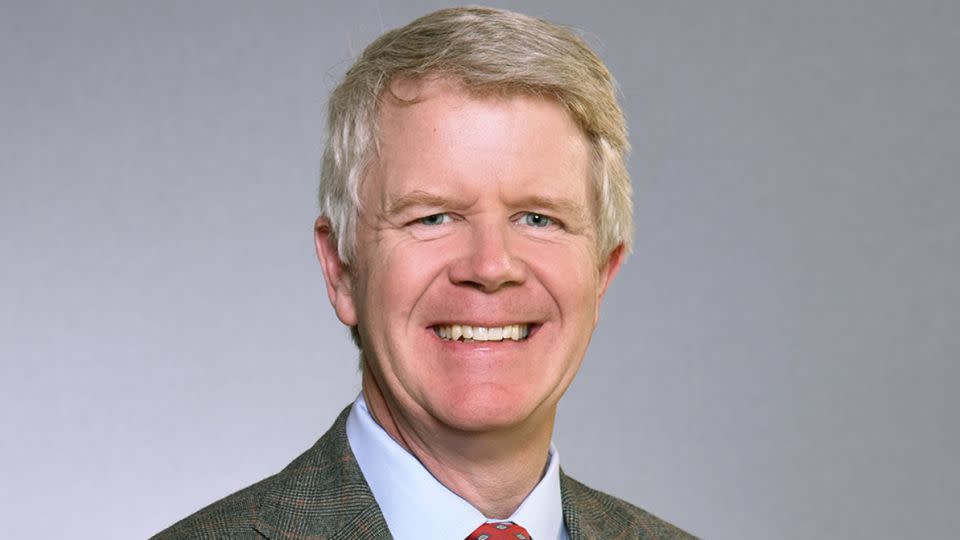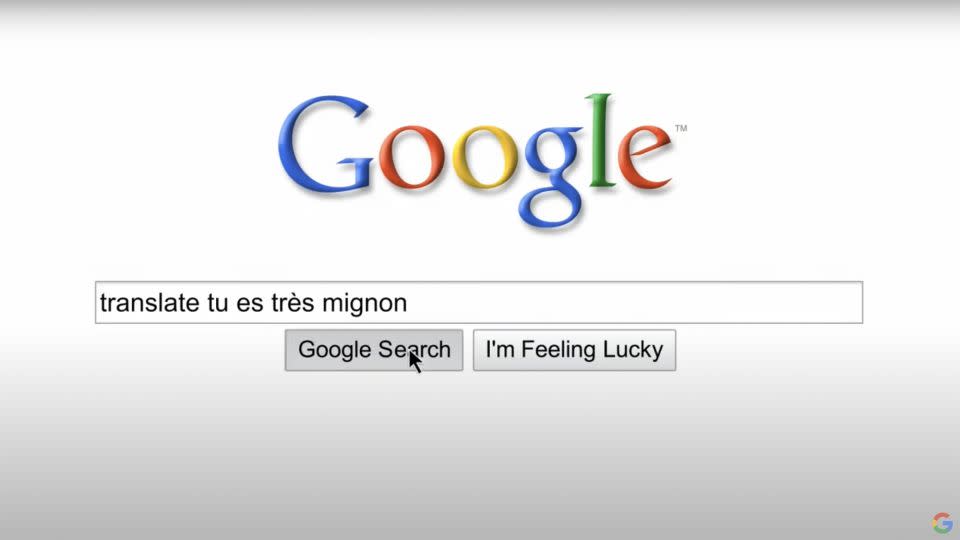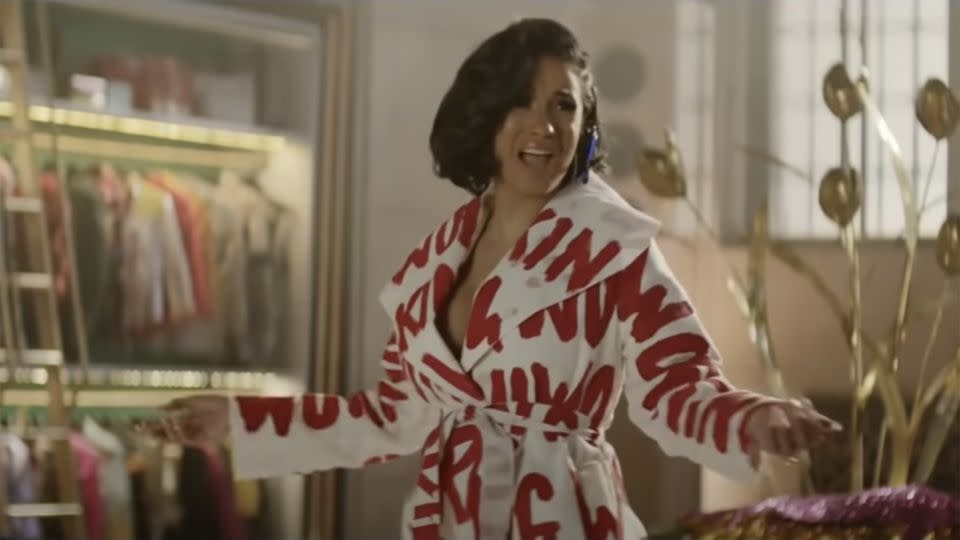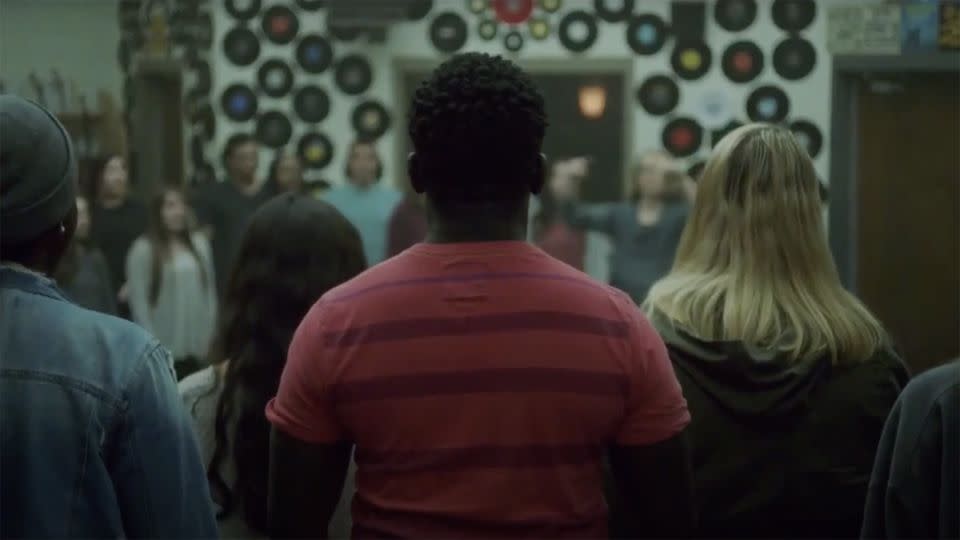Opinion: The biggest Super Bowl ad winners — and losers — over the past 20 years
Editor’s Note: Tim Calkins is clinical professor of marketing at Northwestern University’s Kellogg School of Management. He teaches courses including Marketing Strategy, Branding and Biomedical Marketing. The views expressed in this commentary are his own. View more opinion on CNN.
Remember the talking baby, Andy Warhol eating a Whopper or when Amazon Alexa lost her voice? These were all among the notable Super Bowl ads of the past 20 years.
The Super Bowl is the biggest marketing event of the year; in the United States, nothing else comes close. Viewership is routinely over 100 million people, and the advertising typically costs about $7 million for each 30-second spot.

For the past 20 years, students at Northwestern University’s Kellogg School of Management have been evaluating Super Bowl ads. While many people rank them based on humor or likeability, the Kellogg panel has a different focus: business impact. Will the spot boost sales and build the brand?
The Super Bowl is a crowded environment, so standing out is difficult. The best Super Bowl ads manage to break through the clutter and communicate a benefit to potential customers in a distinctive and memorable way.
These are some of the very best Super Bowl ads over the past 20 years. All of these spots received some of the highest scores with the Kellogg panel.
Google, ‘Parisian Love’
Super Bowl XLIV in 2010 included Google’s first-ever Super Bowl spot. The ad was simple: a love story told through a series of Google searches. It received the year’s top score from the Kellogg panel and went down in history as an outstanding Super Bowl spot.

The ad worked for a number of reasons: It was attention-grabbing, it was completely unique and perhaps most important, it demonstrated a product and the benefits of using it.
E-Trade, ‘Talking Baby’
One of the most memorable Super Bowl characters over the past 20 years has been the E-Trade baby. The character first appeared in 2008. The message: Investing with E-Trade is so easy even a baby could do it. The advertising grabs your attention: A baby talking about investing is an unusual sight, to say the least. Equally important, the benefit comes across — E-Trade makes investing easy.
E-Trade went on to use the baby in a series of Super Bowl ads. The message varied over the years, but the talking baby remained at the center of the action.
Amazon, ‘Alexa Loses Her Voice’
Amazon has been one of the most successful of all Super Bowl advertisers, at least according to the Kellogg Super Bowl Ad Review panel. For five years in a row, from 2018 to 2022, Amazon received the top grade: A. No other advertiser has managed this in the 20-year history of the Kellogg analysis.
Perhaps Amazon’s best spot, however, was from 2018. The ad featured Amazon’s Alexa device losing its voice. To fill the gap, Amazon brought in a collection of replacements including Gordon Ramsay, Cardi B and Anthony Hopkins.

It is odd to feature a product failure in a piece of advertising, but this spot works because it highlights all the different things Alexa does: provide the weather, make calls, play music, provide recipes.
The spot has remarkable linkage; the entire story revolves around the product. And the unexpected creative idea — using celebrities to fill in for an ailing Alexa — makes it one of the most memorable Super Bowl spots.
T-Mobile, ‘#NSFWireless’
T-Mobile has been a consistent Super Bowl advertiser. The company has used different creative ideas over the years, but the basic strategy has remained the same: Attack Verizon and position T-Mobile as a better alternative.
In 2017, T-Mobile ran an edgy spot accusing Verizon of creating wireless pain. The spot grabbed attention and communicated a benefit: You can avoid headaches by switching to T-Mobile and getting a better wireless experience. The message: “Wireless pain is fine, if you are into that sort of thing. If not get T-Mobile…”
Kia, ‘Give It Everything’
To introduce its new SUV, the Telluride, Kia ran a stunning Super Bowl spot in 2019. The ad stood out with its portrayal of a small town in Georgia and the people living there. The ad stated: “Because we are not known for who we are, we hope to be known for what we do, what we build … No, we are not famous. But we are incredible, and we make incredible things.”

The spot featured local people living modest lives. It held them up as heroes, tapping into the fact that yes, there are the high-income achievers, but there are also hard-working small-town citizens who work hard and build terrific products. The overall message: Telluride is a US-made, remarkable SUV. The spot helped launch what has become one of Kia’s most important vehicles.
Many Super Bowl spots fall flat because they don’t stand out or deliver a message. To rank among the bottom, however, a Super Bowl ad has to go beyond that. The least effective Super Bowl spots often had a negative impact.
These are some of the worst.
Nationwide, ‘The Boy Who Couldn’t Grow Up’
One of the most surprising Super Bowl spots of all time, though not in a good way, was an advertisement from Nationwide in 2015. The ad featured a small boy talking about all the things he wasn’t going to do because he died in an accident.
The spot was well-intentioned: Nationwide was highlighting its efforts to reduce accidents. Unfortunately, the ad fell flat; it received a lot of attention but much of it was negative. In the middle of a festive Super Bowl afternoon, few people want to hear about a child who had passed away.
Not surprisingly, the executive responsible for the spot left the company shortly after the Super Bowl.
GoDaddy, ‘Perfect Match’
One of the most important things to consider when evaluating a Super Bowl ad is amplification. What will people take from a spot? What will stick with them? You want this to be positive and linked to the brand.
GoDaddy fell flat on this metric with its 2013 Super Bowl ad. The spot featured supermodel Bar Refaeli passionately kissing an awkward, somewhat nerdy kid. The goal was to suggest that GoDaddy has two sides: the sexy side and the smart side. Unfortunately, what stuck with viewers was the cringey imagery.
Burger King, ‘Eat Like Andy’
One would think that a spot featuring Andy Warhol footage would do well. That was not the case for Burger King. In 2019, Burger King used an old video of Warhol (who died in 1987), which featured him eating a Whopper. While there was perhaps artistry to the commercial, it didn’t work. The ad created confusion, as some people didn’t understand the point. More important, Warhol’s lack of enthusiasm for the Whopper was notable and did little to help the brand.
HomeAway, ‘Test Baby’
Vacation rental company HomeAway ran an unfortunate Super Bowl ad in 2011 that featured a baby getting thrown against a window. The goal was to dramatize the challenge of staying in a small hotel room and promote the benefit of renting a house. The unfortunate scene, however, created a huge backlash as people complained that the company was making light of head injuries and showing abused children. HomeAway quickly apologized for the ad.
Groupon, ‘Tibet’
In 2011, Groupon ran a Super Bowl spot featuring Timothy Hutton. The actor lamented the situation in Tibet, noting, “The people of Tibet are in trouble. Their very culture is in jeopardy.” He then noted, “But they still whip up an amazing fish curry.” And, even better, he had saved money by using Groupon.
The spot created an immediate backlash, as people accused Groupon of making light of a very serious situation. The company pulled the ad and apologized.
What makes the Super Bowl unique is the massive numbers of viewers each year. Companies that create strong ads that break through the clutter, deliver a benefit and communicate the brand get a huge boost. Brands that miss the mark can damage their reputation. A weak Super Bowl spot can lead to apologies and career setbacks.
The pressure on Super Bowl Sunday is intense, for the players and the advertisers. On Sunday, some marketing teams will celebrate success, as their ads resonate with consumers. Other marketers will wonder how the spots they worked on so hard failed to stand out.
For more CNN news and newsletters create an account at CNN.com

